 United States (English)
United States (English)
Shopping Cart
Empty Cart
Part No: {{entry.product.code}}
Quantity: {{entry.quantity}}
Total {{cartInfo.totalPriceWithTax.value | currency:"$"}}
Total {{0 | currency:"$"}}
 United States (English)
United States (English)
Part No: {{entry.product.code}}
Quantity: {{entry.quantity}}
Total {{cartInfo.totalPriceWithTax.value | currency:"$"}}
Total {{0 | currency:"$"}}
Asia Pacific
Europe, Middle East, Africa
 România (Română)
România (Română)
 European Union (English)
European Union (English)
 België (Nederlands)
België (Nederlands)
 Belgique (Français)
Belgique (Français)
 France (Français)
France (Français)
 Deutschland (Deutsch)
Deutschland (Deutsch)
 Italia (Italiano)
Italia (Italiano)
 Nederland (Nederlands)
Nederland (Nederlands)
 Polska (polski)
Polska (polski)
 Россия (русский)
Россия (русский)
 South Africa (English)
South Africa (English)
 España (Español)
España (Español)
 Україна (українська)
Україна (українська)
 United Kingdom (English)
United Kingdom (English)
 Česko (Česká republika)
Česko (Česká republika)
 United Arab Emirates (English)
United Arab Emirates (English)
North America
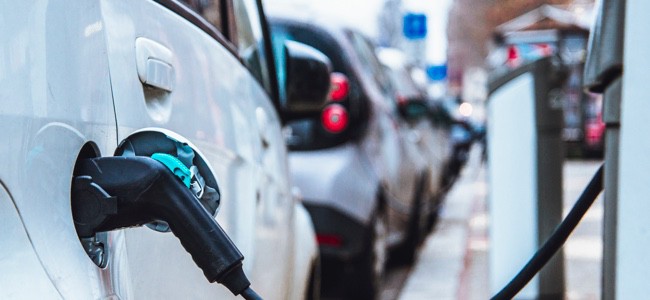
Ask most people what an environmentally-friendly vehicle is and you’ll likely get responses of electric cars and hybrid vehicles. However, you may be surprised to learn that you don’t have to drive the latest offering from Tesla or run out and buy a new hybrid vehicle to drive a “green” car. Read on to learn steps you can take to make the vehicle you’re currently driving more green and safer for the environment.
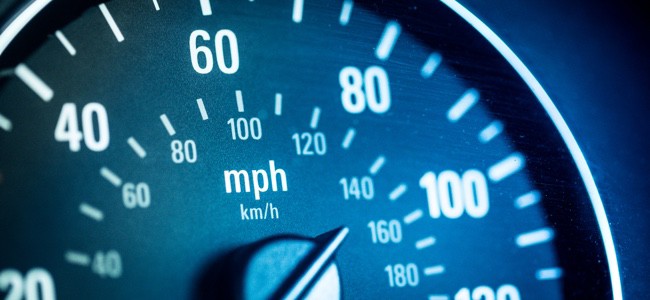
Your driving habits go a long way in determining how green your car is. Having a lead foot or making jackrabbit starts reduces your fuel economy and reduces the “greenness” of your vehicle. Remember, slow and steady wins the race; avoiding sudden starts and stops and other aggressive driving maneuvers helps maximize gas mileage. Drive the speed limit, use your cruise control to maintain a steady pace, and try to combine your errands into a single trip to cut down on the number of miles you drive.
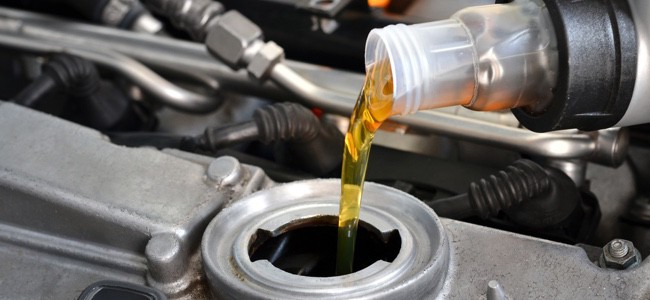
Keeping up on routine maintenance ensures that your vehicle is performing its best and can help you pollute less, use less gas, and help you avoid car trouble down the road. Get your oil changed on a regular basis and replace your engine’s air filter to ensure that a steady stream of clean air is delivered to the engine. When changing the air filter, consider switching to a reusable air filter to help cut down on waste. Consult your owner’s manual for a complete maintenance schedule for your vehicle.
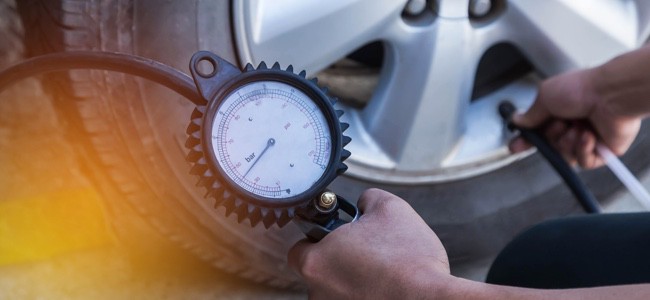
Using a pressure gauge, check the pressure in all four tires on a monthly basis. Besides wearing evenly, properly inflated tires can also improve your vehicle’s gas mileage. Under-inflated tires have a negative effect on fuel economy, while over-inflated tires can reduce handling and performance. When your tires aren’t properly inflated, it puts undue stress on them, leading to premature tire wear which can result in a dangerous blowout. Check your owner’s manual for the proper settings.
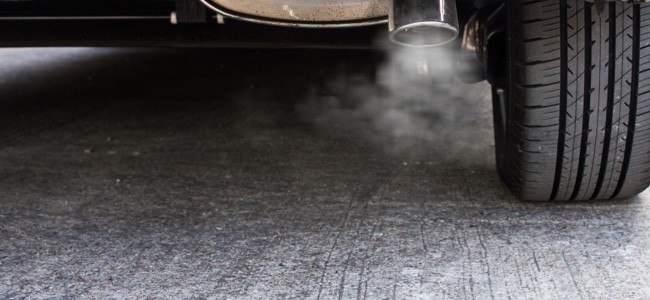
Designed to limit the amount of dangerous gases discharged by your vehicle, your emissions system is key to reducing the amount of harmful pollutants that are released into the atmosphere. The emissions system converts carbon dioxide, hydrocarbons and nitrogen oxides into water vapor, carbon dioxide and nitrogen. If you’re experiencing issues with the emissions system, the check engine light will come on. Have your mechanic investigate the problem to ensure that your car isn’t polluting.
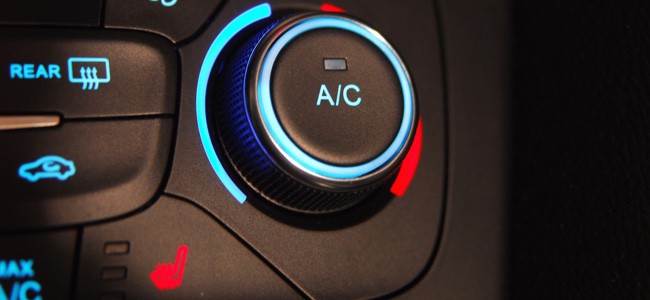
Your vehicle’s air conditioning system uses a large amount of fuel to operate. When possible, roll down the windows to cool off the air inside your car instead of using the air conditioning. You can also beat the heat by parking your vehicle in the shade or by using a reflective window shade to keep the temperature down. Taking these steps can reduce the time it takes to cool off your vehicle when you return.
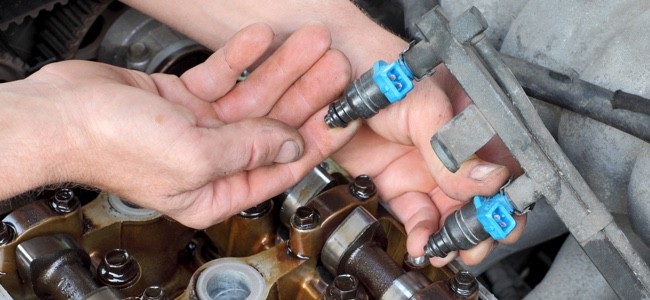
Your vehicle’s fuel system is responsible for storing and distributing fuel in the most efficient way for the lowest emissions and optimal performance. Keep your car green by having the fuel system checked on a regular basis. Check your owner’s manual for the recommended schedule for having the fuel filter replaced and the fuel injectors flushed.

Be on the lookout for opportunities to carpool. Are there any coworkers that live near you or are there several kids in the neighborhood going to the same school? Coordinate a carpool and share the driving duties. Leaving your car at home reduces the amount of vehicles on the road which not only decreases emissions but also cuts down on traffic congestion.
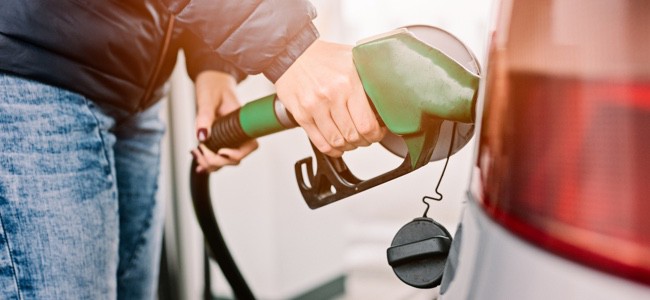
When gassing up your vehicle, be sure to stop fueling when the nozzle automatically shuts off. When you try to add more gas to your tank, you risk overflowing the tank and spilling fuel which is not only wasteful, but also releases toxic gas vapors into the environment. And if these weren’t enough reasons, remember that gas is highly flammable and you don’t want to cause a fire at the gas station just because you wanted to top off your gas tank!
Learn more about quality auto parts, find your car part, or find a local car repair shop today.
The content contained in this article is for entertainment and informational purposes only and should not be used in lieu of seeking professional advice from a certified technician or mechanic. We encourage you to consult with a certified technician or mechanic if you have specific questions or concerns relating to any of the topics covered herein. Under no circumstances will we be liable for any loss or damage caused by your reliance on any content.